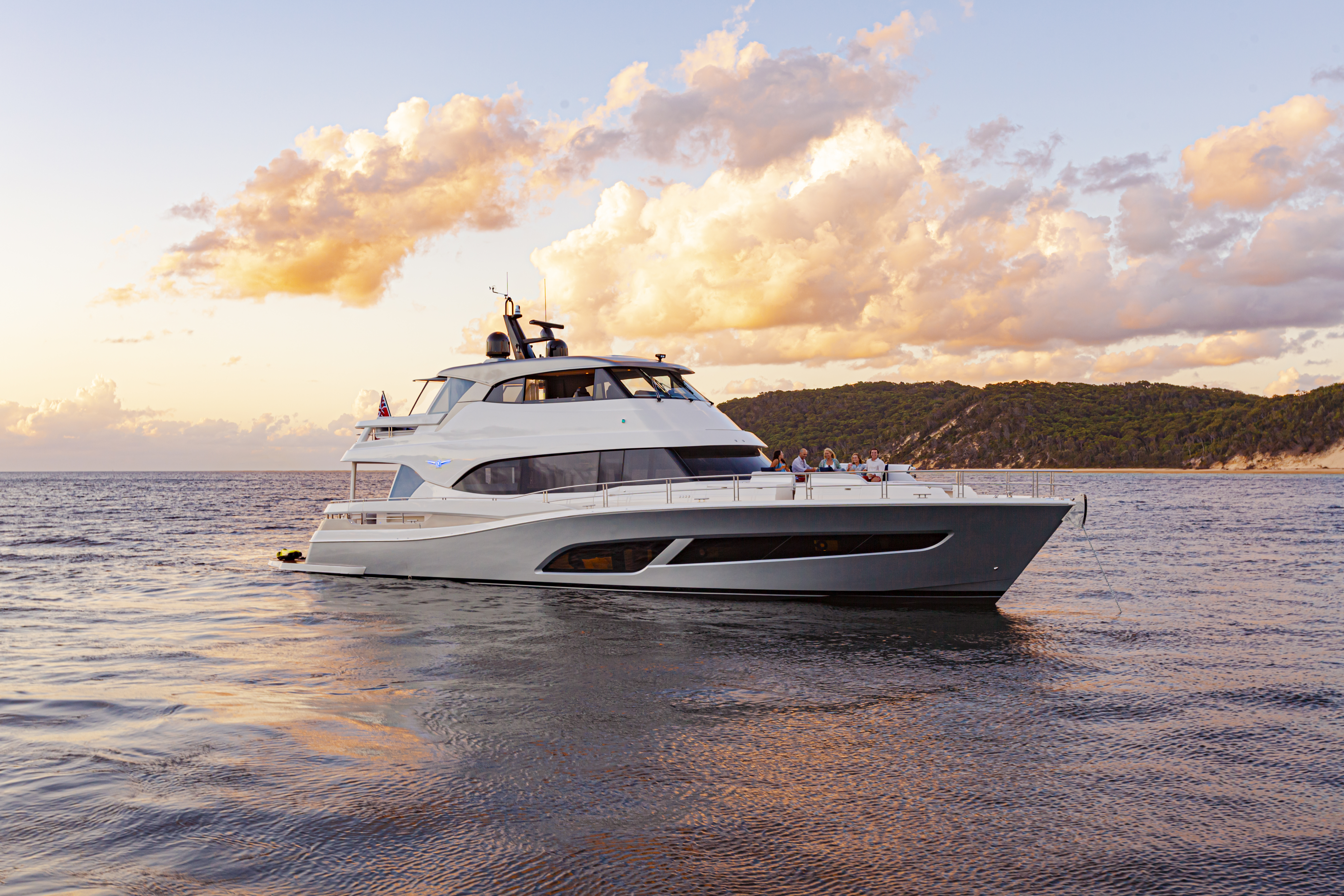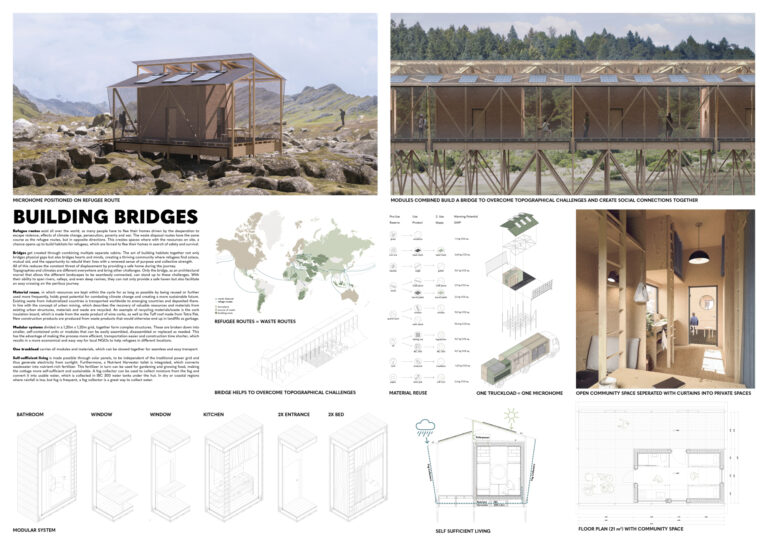Nissan’s commitment to innovation and customer-centric design reaches new heights with the introduction of their state-of-the-art design presentation hall in Atsugi, Kanagawa Prefecture, Japan. This facility marks a significant leap in the digitalization of the automotive design process.
At the core of this technological marvel is an ultrawide 24 K curved screen, a full-color ceiling screen, remote lighting, and a 7.1-channel sound system. Together, these elements create an immersive environment that seamlessly merges the physical and digital aspects of vehicle design.
The traditional approach of approving vehicle designs using physical models has often resulted in lengthy production periods, substantial costs, and limited model variations. To address these challenges, Nissan embarked on a digital transformation journey over five years ago, embracing virtual reality (VR) technology.
The new design hall takes this transformation further by utilizing a gaming engine to produce projection content, offering real-time simulations of different environments. Designers can now evaluate designs in settings that closely resemble the conditions experienced by customers, including variations in lighting, weather patterns, and natural elements.
Moreover, the hall’s capabilities enable the swift comparison of subtle design differences and colors. Real-time adjustments to model positions and angles expedite the decision-making process, pushing the boundaries of what is possible in vehicle design.
By merging images projected on screens with physical models, Nissan’s design team is empowered to expand their creative horizons by dissolving the boundary between the real and digital worlds. The facility’s online accessibility from any location fosters an inclusive, interactive, and creative atmosphere.
Photo: NISSAN
Source: LULOP




















+ There are no comments
Add yours